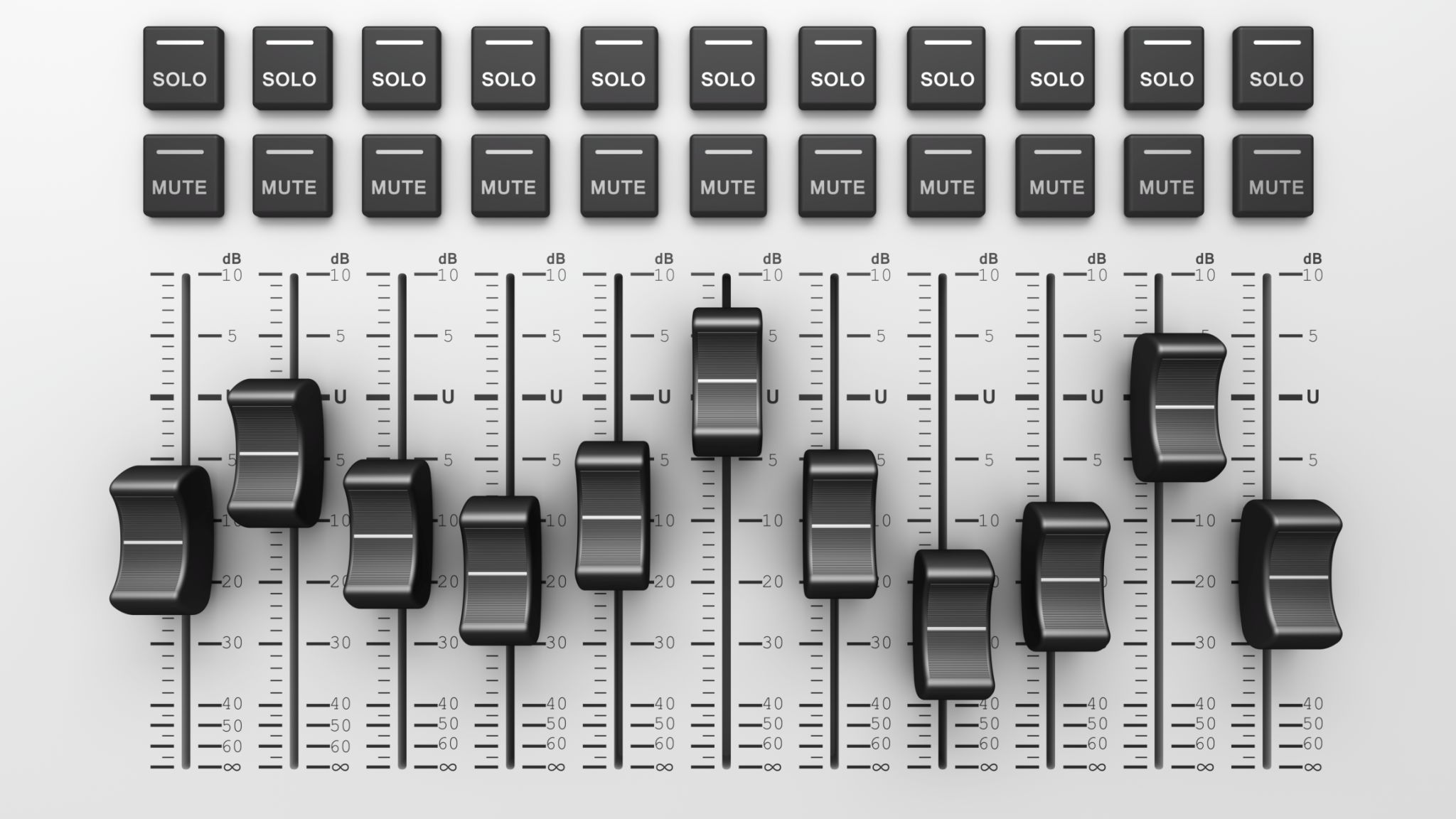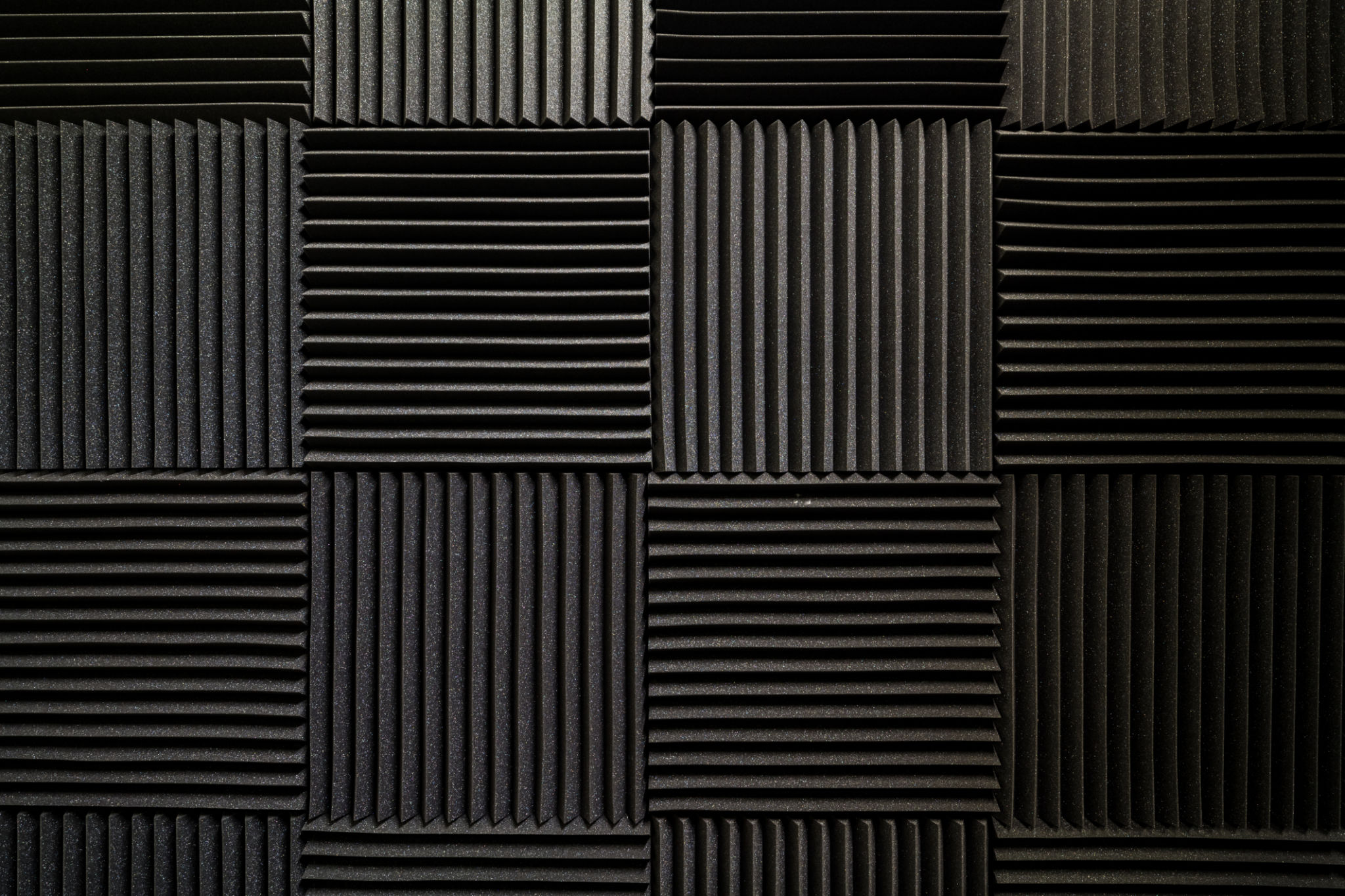How to Achieve a Professional Sound: Music Mixing and Mastering Tips
Understanding the Basics of Mixing and Mastering
To achieve a professional sound in your music production, it's crucial to understand the difference between mixing and mastering. Mixing involves adjusting and combining individual tracks, while mastering is the final step that ensures your track sounds polished on all playback systems. The goal is to enhance clarity, balance, and depth.

Essential Tools for Mixing
Before diving into the mixing process, ensure you have the right tools. A Digital Audio Workstation (DAW) with a comprehensive set of plugins is essential. Consider investing in quality headphones or studio monitors for accurate sound reproduction. Equalizers, compressors, and reverb plugins are some of the basic tools you'll need to sculpt your sound.
Creating Balance in Your Mix
The first step in mixing is to achieve a balance between all audio elements. Start by setting levels for each track to ensure no single element dominates the mix. Use panning to create space and separation between instruments. This technique helps listeners identify different elements and enhances the stereo field.

Advanced Mixing Techniques
Once you've established a basic balance, it's time to apply more advanced techniques. EQ is crucial for carving out space for each instrument. Remove unwanted frequencies and boost those that add character. Compression helps control dynamics, ensuring that no parts of the track are too loud or too soft.
Utilizing Effects and Automation
Effects such as reverb and delay can add depth and dimension to your mix. Use these effects sparingly to avoid a muddy sound. Automation is a powerful tool for adding movement; it allows you to change parameters over time, making your mix more dynamic and engaging.

The Art of Mastering
Mastering is a subtle art that focuses on enhancing the overall sound of a track. It involves adjusting stereo width, applying final equalization, and limiting the track to ensure it reaches optimal loudness levels without distortion. A well-mastered track should sound cohesive and well-balanced across different playback systems.
Finalizing Your Track
Before declaring your track finished, test it on various devices, like headphones, car speakers, and home entertainment systems. This will help you identify any inconsistencies and make necessary adjustments. Remember, the goal of mastering is to create a track that sounds great wherever it's played.
Additional Tips for Success
Stay patient and take breaks during the mixing and mastering process. Fresh ears will help you catch mistakes you might have missed. Additionally, reference tracks from your favorite artists can serve as valuable guides for achieving a professional sound.

By understanding the nuances of mixing and mastering, using the right tools, and applying these techniques thoughtfully, you can elevate your music production to new heights of professionalism and creativity.
